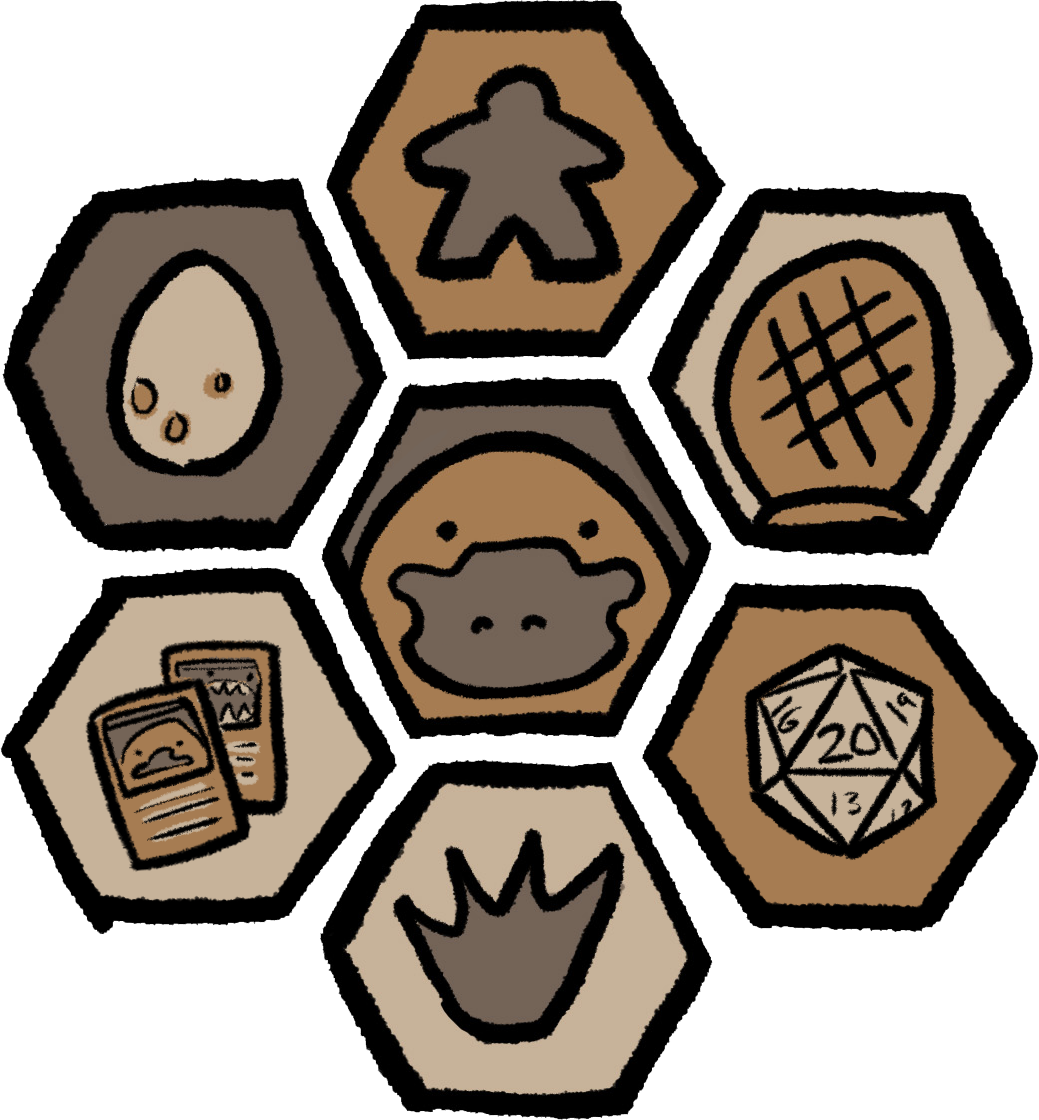We were originally drawn to NMBR 9 because it looks bright and colorful on the table and looked intriguing. Then it also wind up being a really fun quick little game! Everyone is playing independently trying to do the best they can with the same situation as all of the other players.
Everyone collects two of each number which are built out of little squares. The shape of the numbers mean they can form into locking sequences of numbers. The goal is to make multiple levels of numbers. All of the tiles placed on the table are worth next turn but each level above that is worth more and more points. So something on the third floor is worth double points!
There are some rules for placing tiles though. When they are above the bottom level they need to be fully supported without gaps beneath them and they have to be on top of at least two tiles. The last one is mostly to stop you from stacking a number on top of itself to get higher and higher.With those simple restrictions it can be very difficult to build up your structure to get the most points.
There is lots of planning and strategy that go into a game of NMBR 9. Figuring out the best way to put the different numbers together to make solid bases to stack higher and higher levels on is quite a challenge. The quick teaching time and playtime make this one we always break out for new people. The sheer number of times we have had fun and watched other people have fun cemented it on our Top 100 at #11!




















